How to Check the Intrinsic Value of a Stock
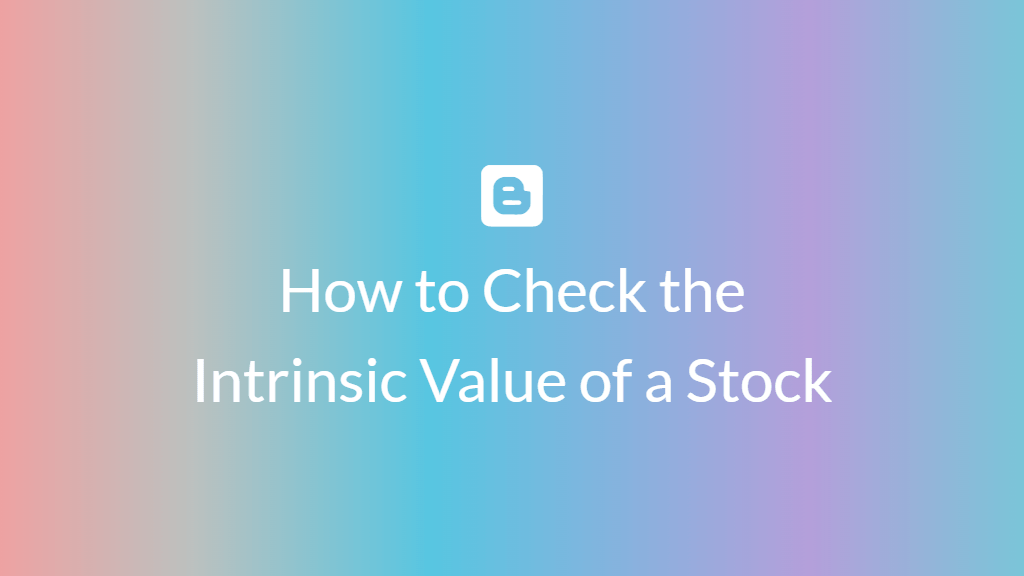
Understanding a stock’s intrinsic value is crucial for anyone looking to make smart, informed investment choices. While market prices fluctuate due to supply, demand, and investor sentiment, intrinsic value is a more stable, fundamental measurement that reflects a stock’s true worth. This guide will walk you through the steps to calculate intrinsic value, so you can make more strategic investments.
Introduction
Investing in stocks can be overwhelming, especially when trying to figure out what a stock is really worth. While the market price shows how much people are willing to pay for a stock at any moment, it doesn’t always reflect the company’s true value. This “true” or “intrinsic” value helps investors assess whether a stock is overvalued, undervalued, or fairly priced, which is invaluable when making investment decisions. In this article, we’ll dive into different methods and step-by-step instructions to determine the intrinsic value of a stock.
What is Intrinsic Value?
Intrinsic value represents the actual worth of a stock based on a company’s cash flow, growth potential, and risk factors. This intrinsic value calculation doesn’t consider short-term market trends or investor sentiment, which can often distort a stock’s market price. Instead, it provides a stable foundation for long-term investing.
Importance of Intrinsic Value in Investing
Knowing the intrinsic value of a stock can prevent investors from falling into common traps of overpaying for hyped stocks or undervaluing stable, growth-oriented companies. It’s a guiding light that helps investors determine whether a stock aligns with their investment goals.
Why Market Price and Intrinsic Value Can Differ
Market price and intrinsic value often diverge due to fluctuating demand, economic conditions, and speculation. For example, a stock could be overvalued in a booming market or undervalued during a downturn, despite its intrinsic worth. By understanding intrinsic value, investors can see beyond short-term market sentiment.
Methods to Calculate Intrinsic Value
Several methods help investors determine intrinsic value, each with its unique approach to evaluating a company’s worth.
Discounted Cash Flow (DCF) Method
The DCF method calculates intrinsic value by estimating future cash flows and discounting them back to their present value. It’s a thorough approach but requires projections, making it more suitable for companies with stable, predictable cash flows.
Dividend Discount Model (DDM)
The DDM focuses on companies that pay regular dividends. This model is ideal for stable, dividend-paying stocks, calculating intrinsic value based on the future dividends a company is expected to pay.
Price-to-Earnings (P/E) Ratio Approach
The P/E ratio approach uses a stock’s earnings and the P/E multiple to estimate its value. This is often seen as a quick way to gauge intrinsic value and is suitable for companies with consistent earnings.
Step-by-Step Guide to Using the DCF Method
Let’s go through the Discounted Cash Flow method in detail.
Calculating Free Cash Flow
Free Cash Flow (FCF) is the cash a company generates after accounting for capital expenditures. It’s often the base for projecting future cash flows.
Determining the Discount Rate
The discount rate reflects the expected return on investment and is usually derived from the Weighted Average Cost of Capital (WACC). This rate ensures that future cash flows are valued accurately in today’s terms.
Projecting Future Cash Flows
Estimate the company’s cash flows for the next 5-10 years. This projection should be based on realistic growth assumptions and factor in both revenue and expense patterns.
Dividend Discount Model (DDM) Explained
For dividend-paying companies, the Dividend Discount Model (DDM) is a simpler alternative to the DCF method. Here’s how it works:
How to Apply the DDM Formula
The DDM formula is: Intrinsic Value = Expected Dividends / (Discount Rate – Dividend Growth Rate)
This method focuses on dividend payments and is particularly useful for evaluating established companies with stable dividends.
Using the Price-to-Earnings (P/E) Ratio to Estimate Value
The P/E ratio compares a company’s market price with its earnings per share (EPS). By multiplying the EPS with a chosen P/E multiple, you can quickly estimate the stock’s intrinsic value.
Calculating the Intrinsic Value Based on P/E
Here’s the formula: Intrinsic Value = EPS x Chosen P/E Multiple
It’s a straightforward approach, especially for companies with consistent earnings.
Factors That Impact Intrinsic Value
A variety of factors can influence a stock’s intrinsic value, including:
- Economic Conditions: Inflation, interest rates, and economic growth all impact a company’s cash flow.
- Company Performance: A company’s revenue, expenses, and growth rate directly affect its intrinsic value.
- Industry Trends: Industry shifts can make or break a company’s future cash flows, affecting intrinsic value.
How to Interpret Intrinsic Value for Investment Decisions
Once you have the intrinsic value, compare it to the market price. If the intrinsic value is higher, the stock may be undervalued. Conversely, if it’s lower, the stock might be overvalued. This insight helps you make informed buy, hold, or sell decisions.
Common Mistakes When Calculating Intrinsic Value
- Overly Optimistic Projections: Unrealistic growth rates can skew intrinsic value.
- Ignoring Risk Factors: Not accounting for risks may lead to an inflated valuation.
- Using the Wrong Model: Choosing a method that doesn’t suit the company can lead to inaccurate results.
Tools and Resources for Intrinsic Value Calculation
Financial software like Bloomberg, Morningstar, and Yahoo Finance offer calculators that simplify intrinsic value analysis, making it easier to factor in real-time data and accurate metrics.
Why Intrinsic Value Analysis is Key for Long-Term Investment
Intrinsic value helps investors stay focused on the company’s fundamentals, ignoring short-term market fluctuations. It’s a core component of value investing and can protect against buying overvalued stocks in speculative markets.
Comparing Intrinsic Value with Other Valuation Metrics
Metrics like book value, net asset value, and market cap also gauge a company’s worth, but intrinsic value gives a deeper understanding of a company’s potential for future growth, making it ideal for long-term investors.
Risks and Limitations of Intrinsic Value Calculations
Calculating intrinsic value isn’t foolproof. Assumptions about future growth, cash flows, and discount rates involve a degree of speculation, which means it’s essential to revisit and adjust valuations regularly.
Conclusion
Understanding the intrinsic value of a stock empowers investors to make decisions based on a company’s true worth rather than market noise. By following the steps outlined in this guide, you can make more informed investment choices, potentially securing higher returns and reducing risks. Remember, intrinsic value is one of many tools in your investment toolkit; combining it with other financial metrics will give you a well-rounded view of a stock’s potential.
Frequently Asked Questions (FAQs)
- Why is intrinsic value important for investors?
Intrinsic value offers a stable estimate of a stock’s true worth, helping investors avoid overpaying in volatile markets. - What’s the best method to calculate intrinsic value?
The best method depends on the company’s characteristics. For stable companies, the DDM or DCF method works well, while the P/E ratio is effective for firms with consistent earnings. - Can intrinsic value change over time?
Yes, as a company’s financial performance, economic conditions, and industry trends evolve, its intrinsic value will also shift. - How often should I calculate a stock’s intrinsic value?
Ideally, calculate it whenever there are significant changes in the company’s financials or market conditions. - Is intrinsic value the same as fair market value?
No, fair market value reflects the price a willing buyer would pay, whereas intrinsic value is the calculated “true” worth of a stock based on fundamentals.
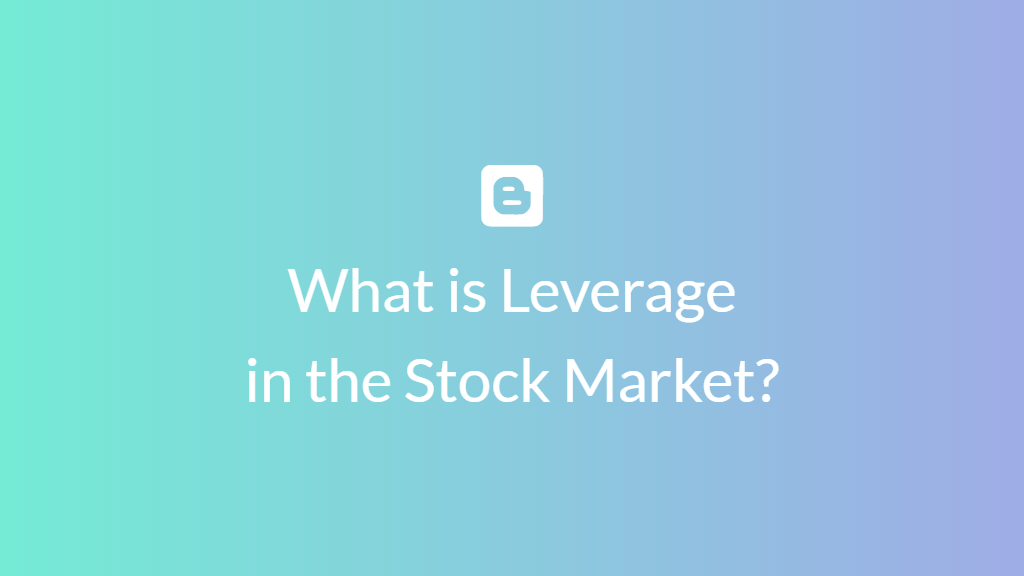

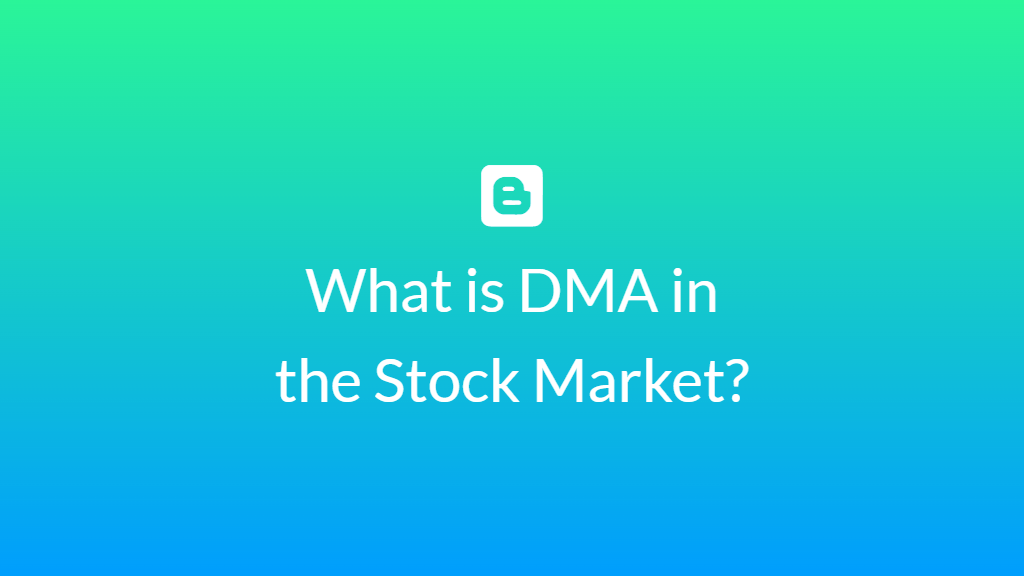
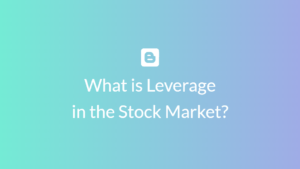










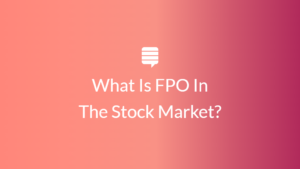
Post Comment